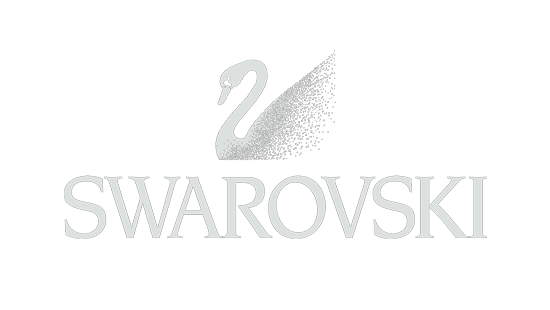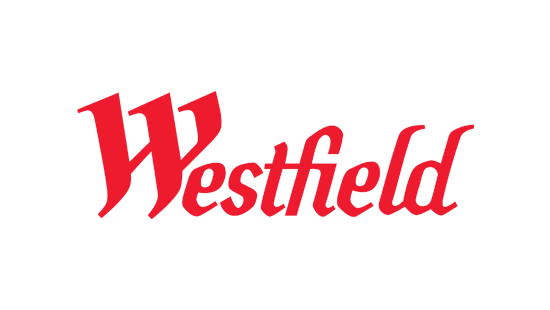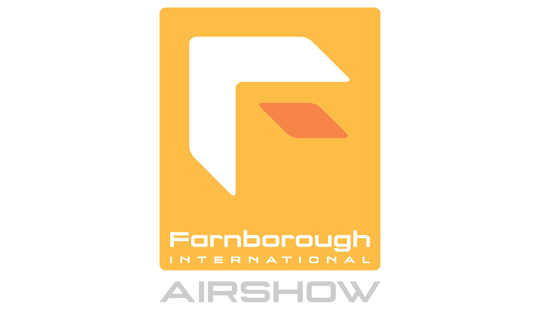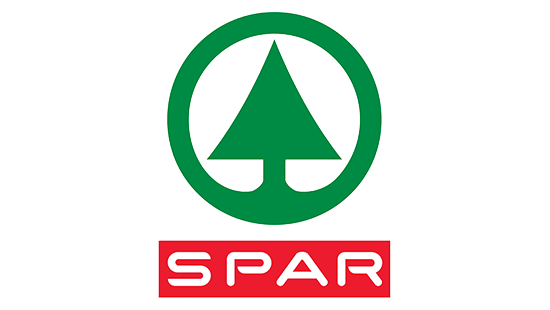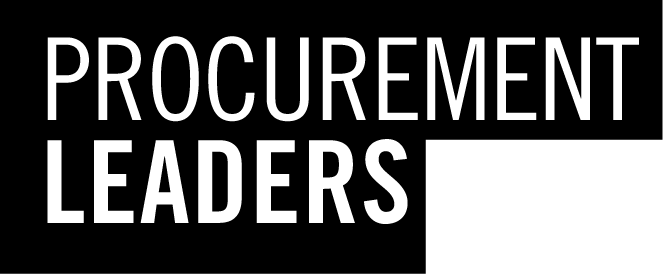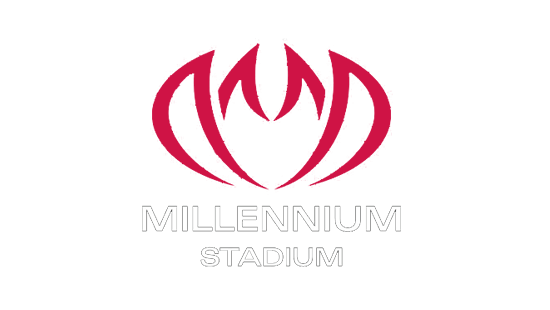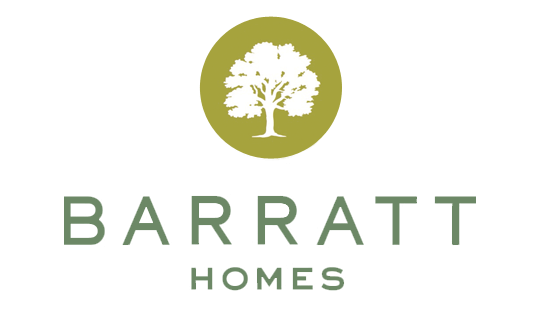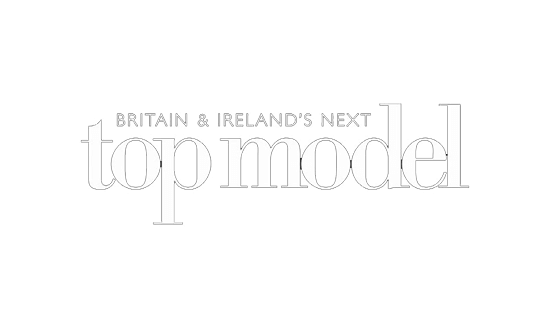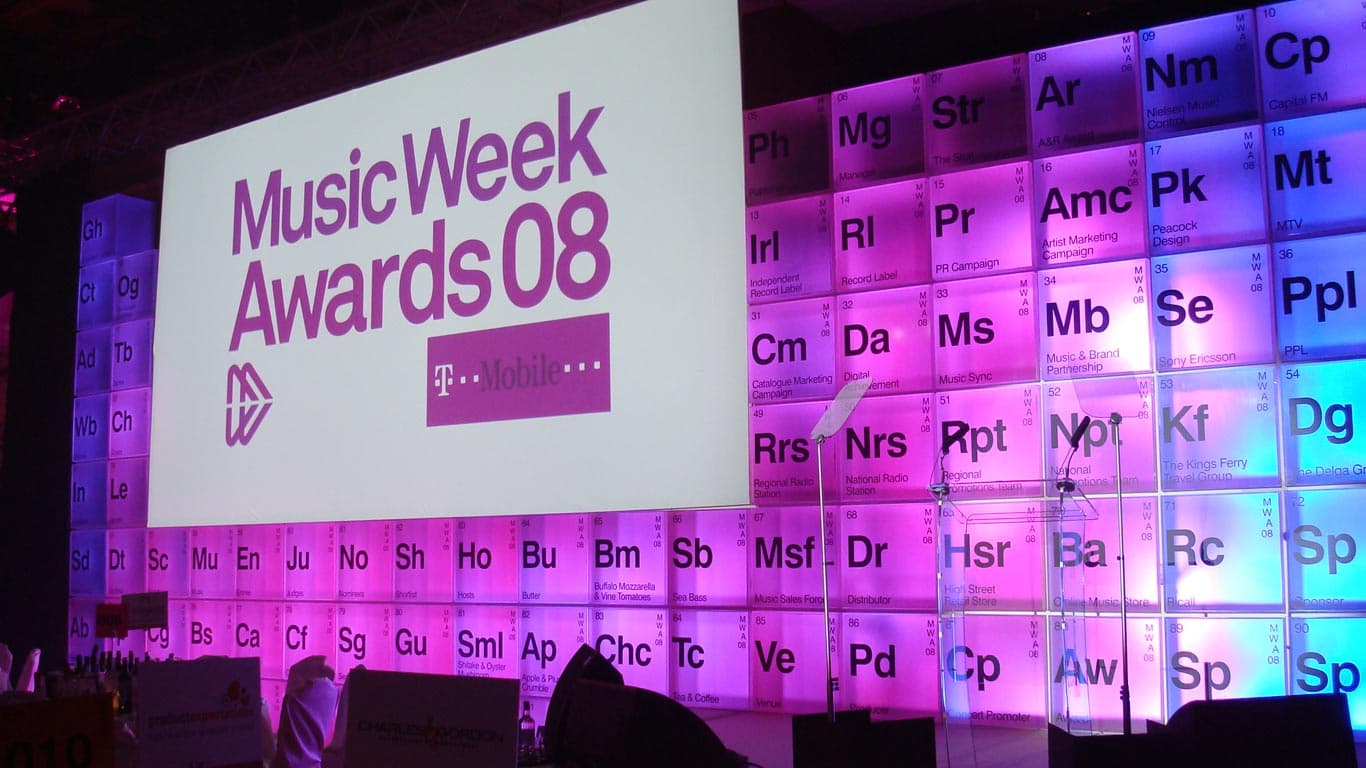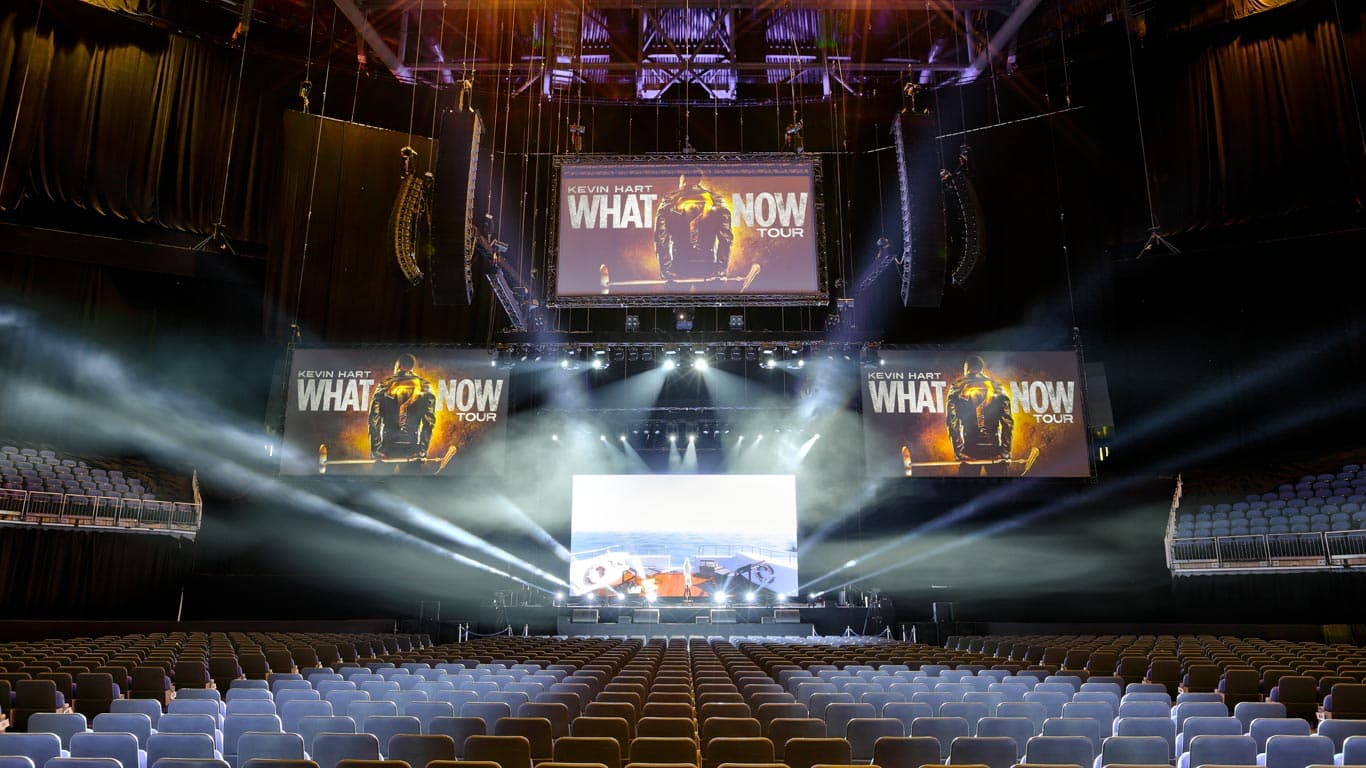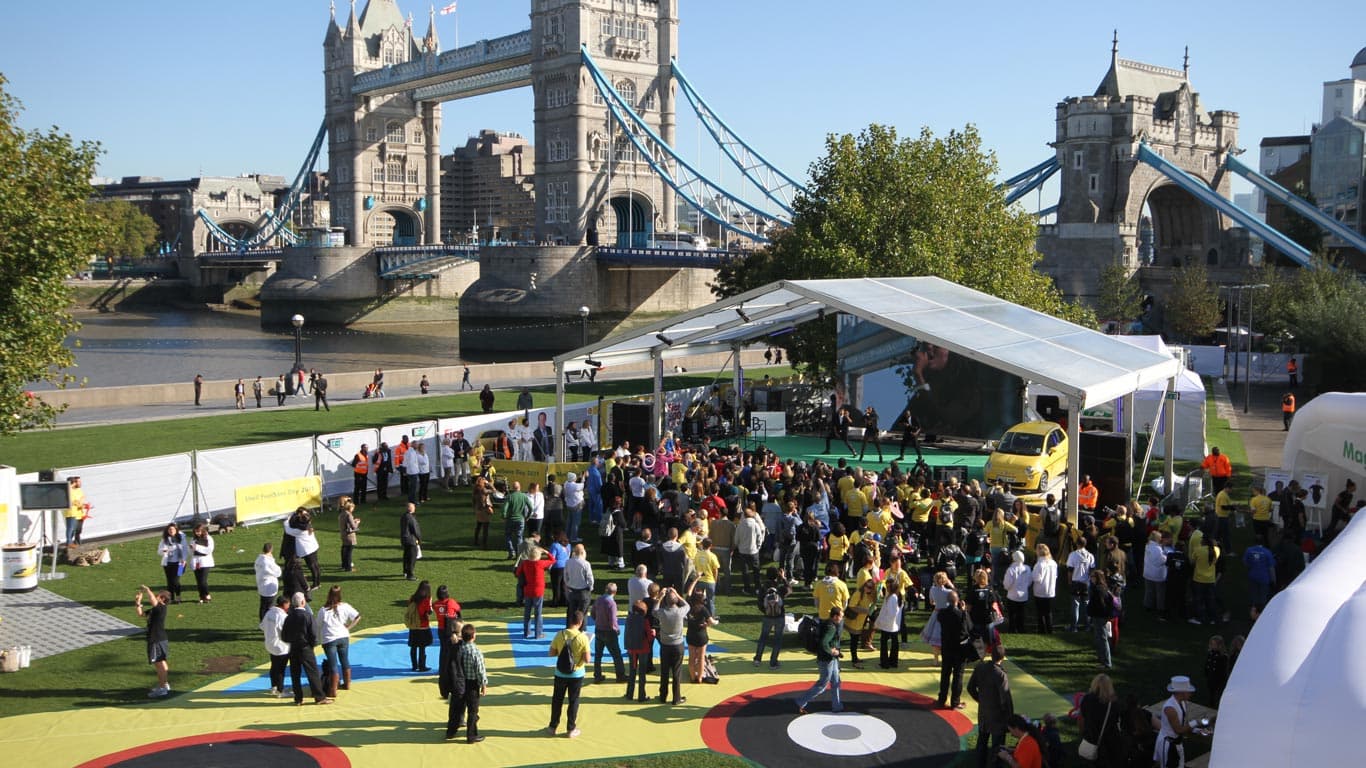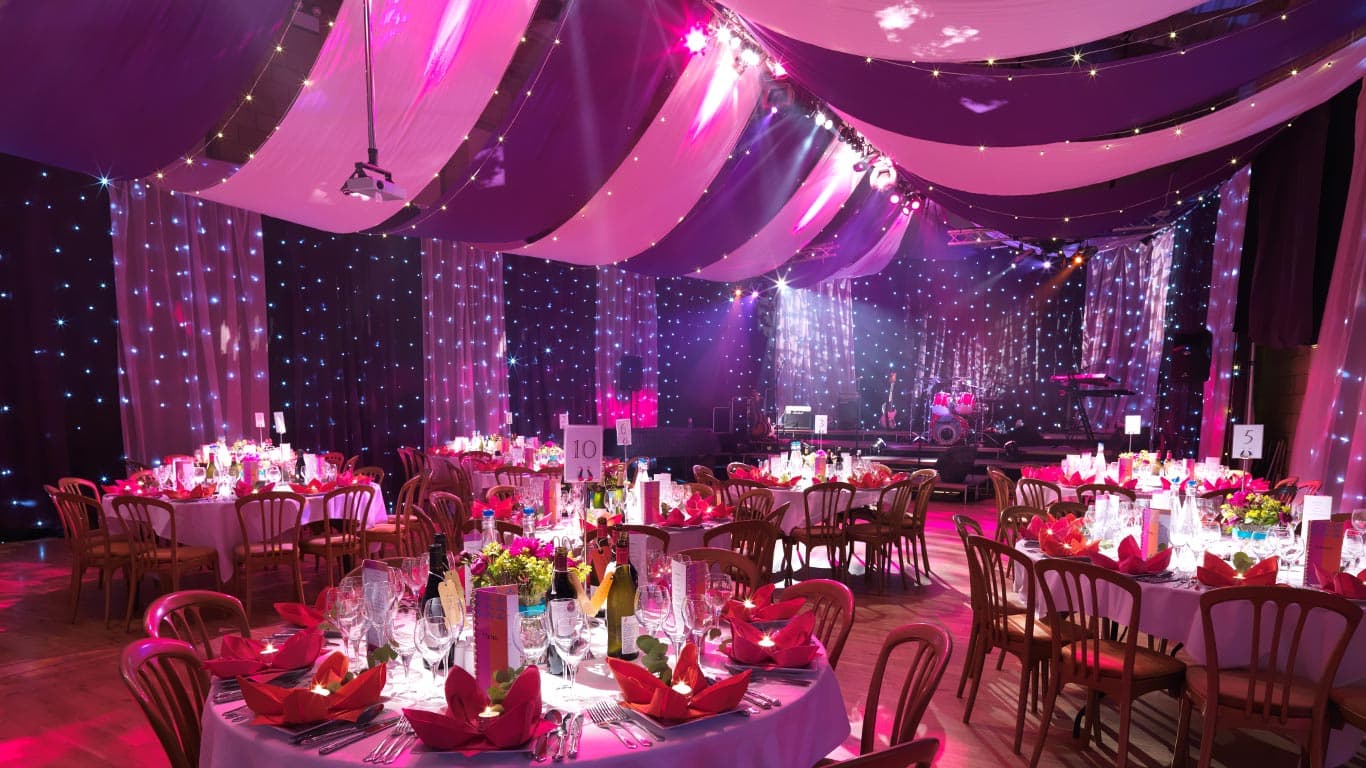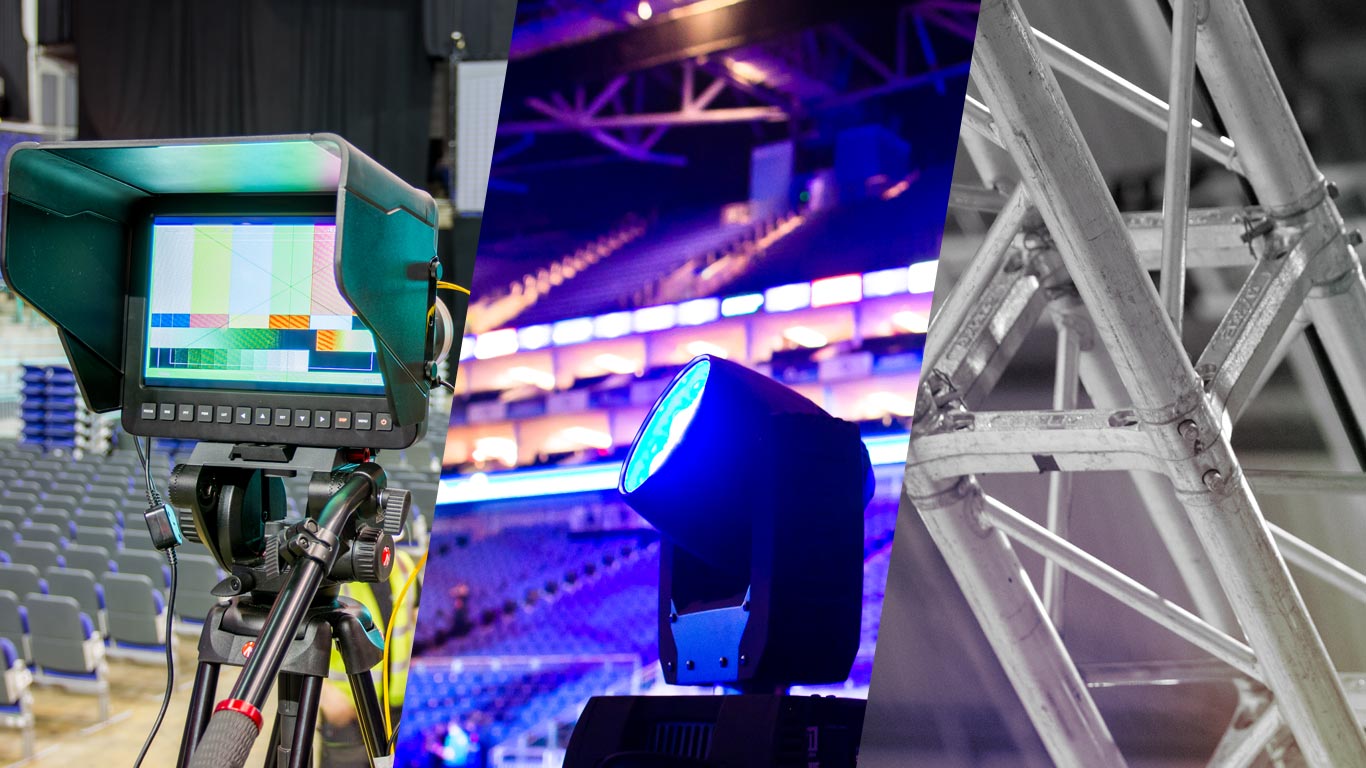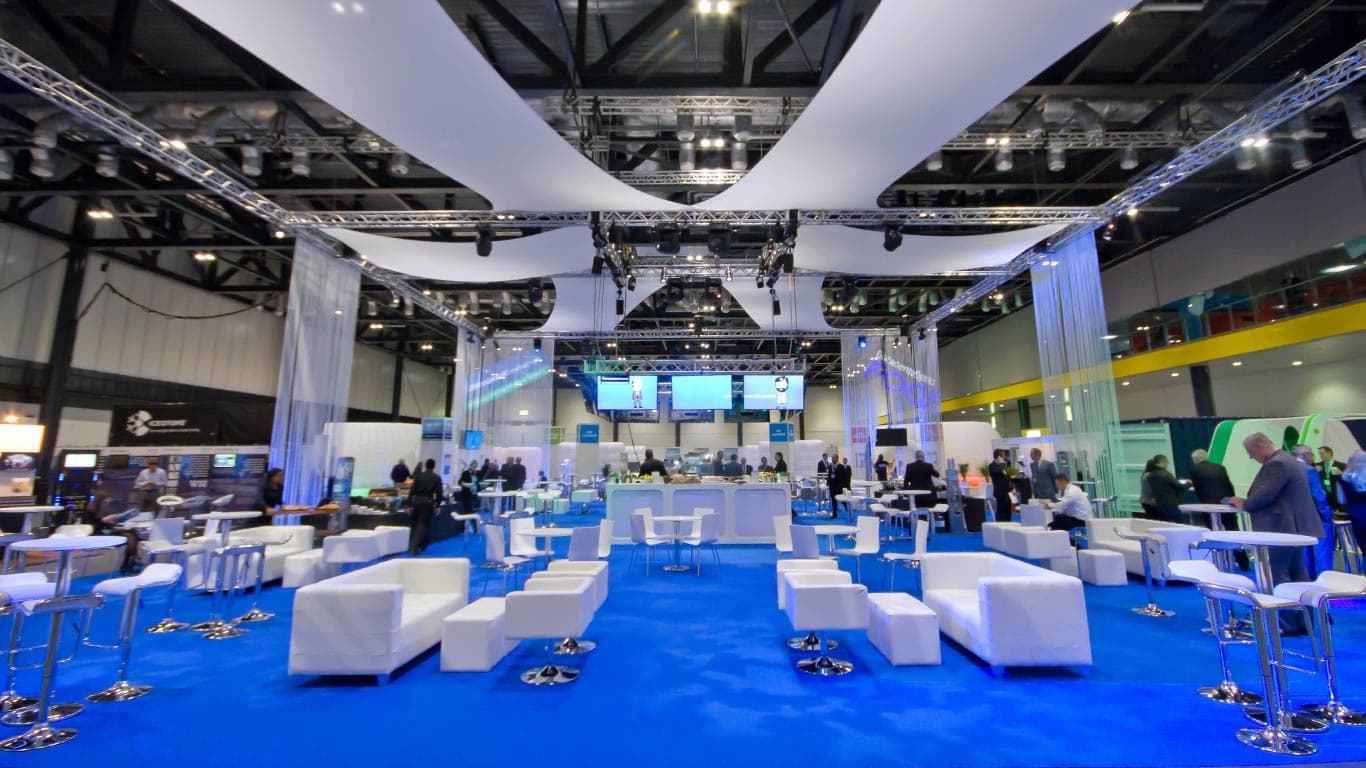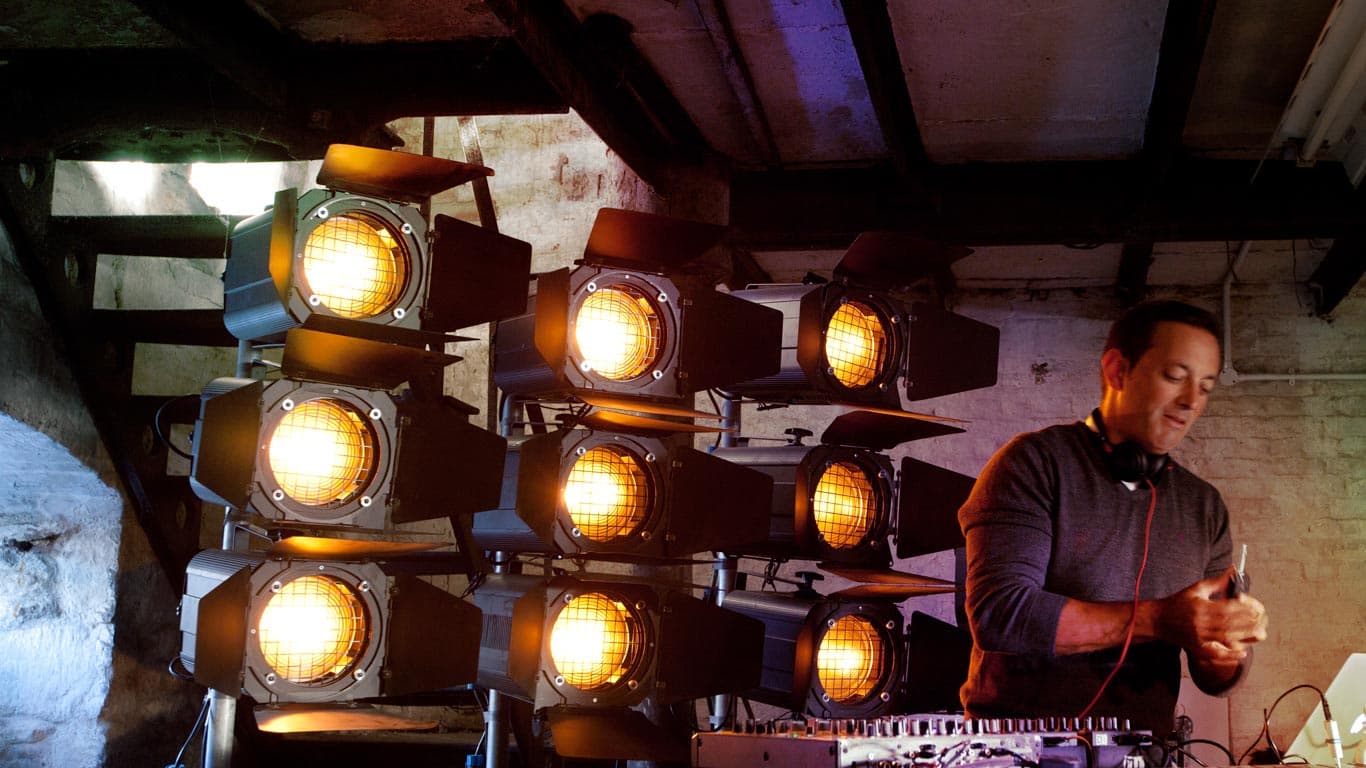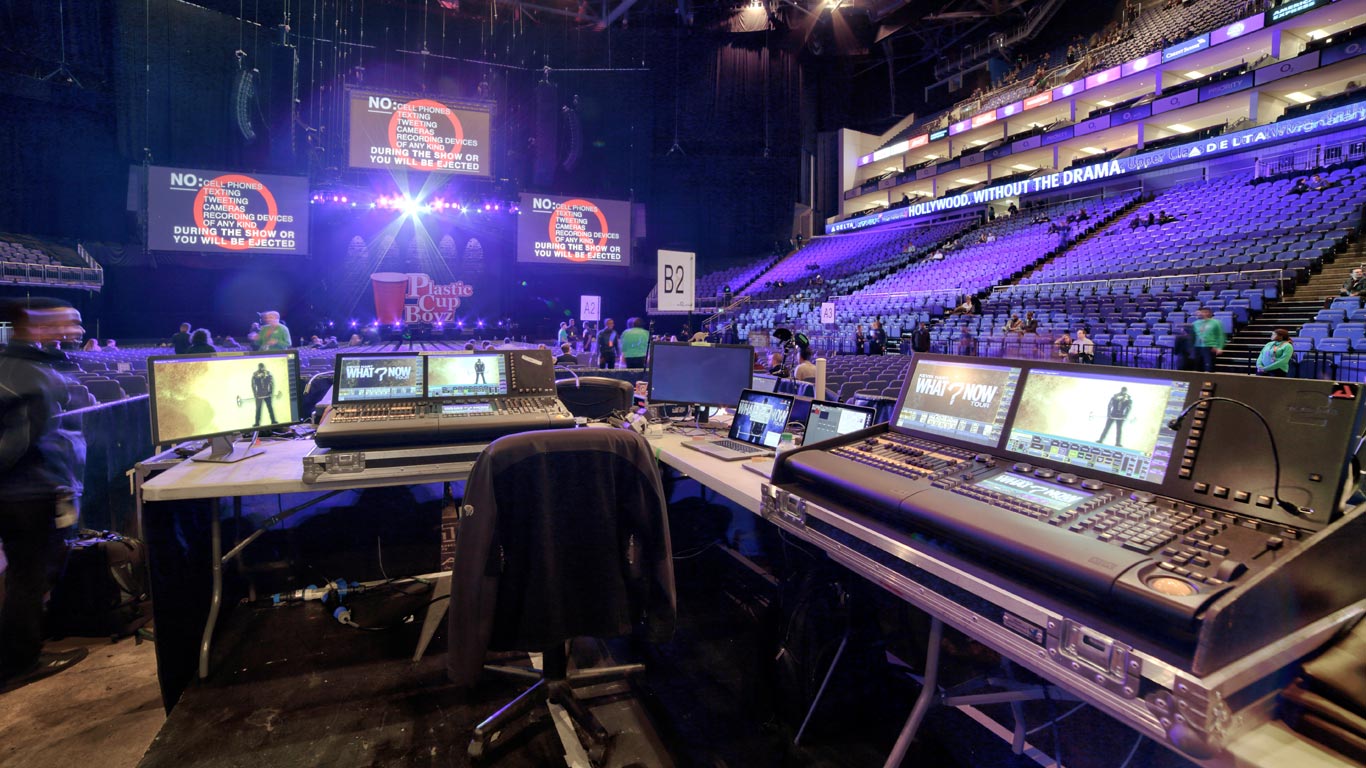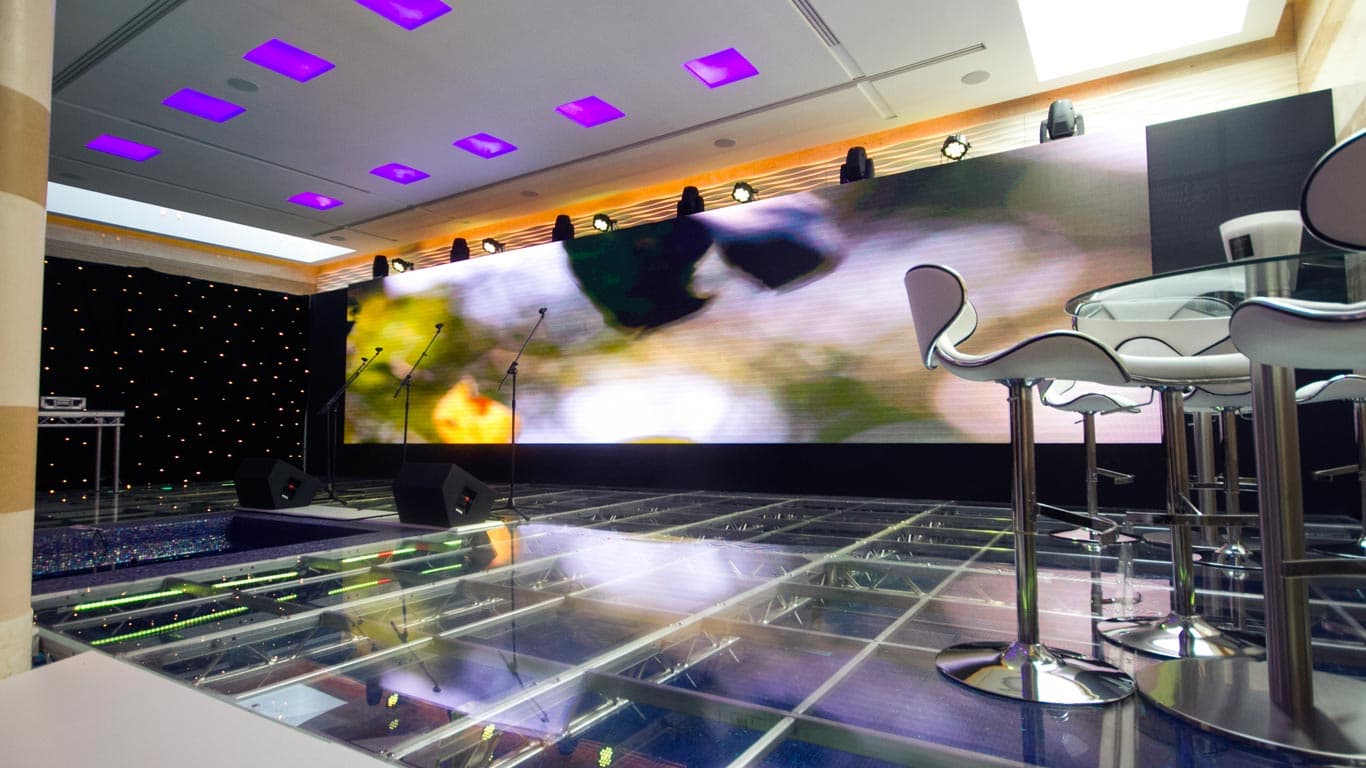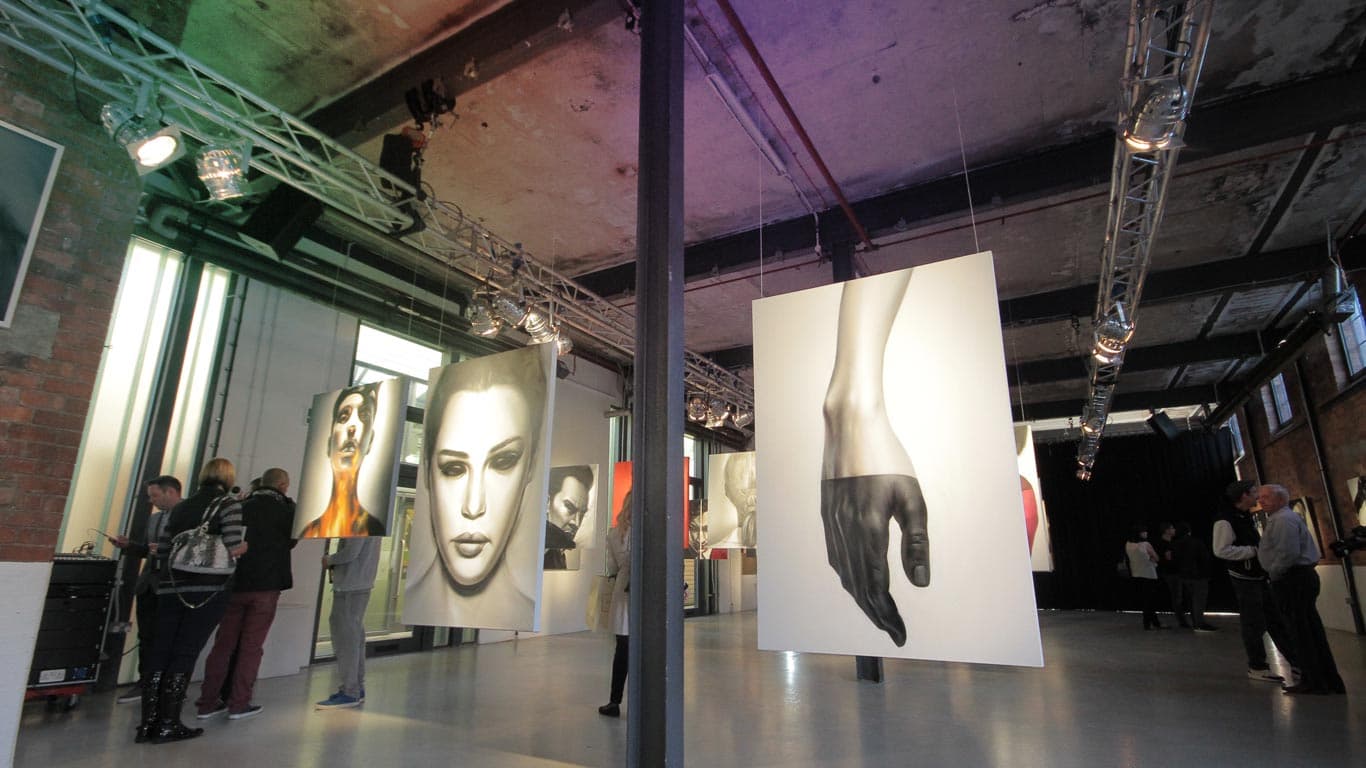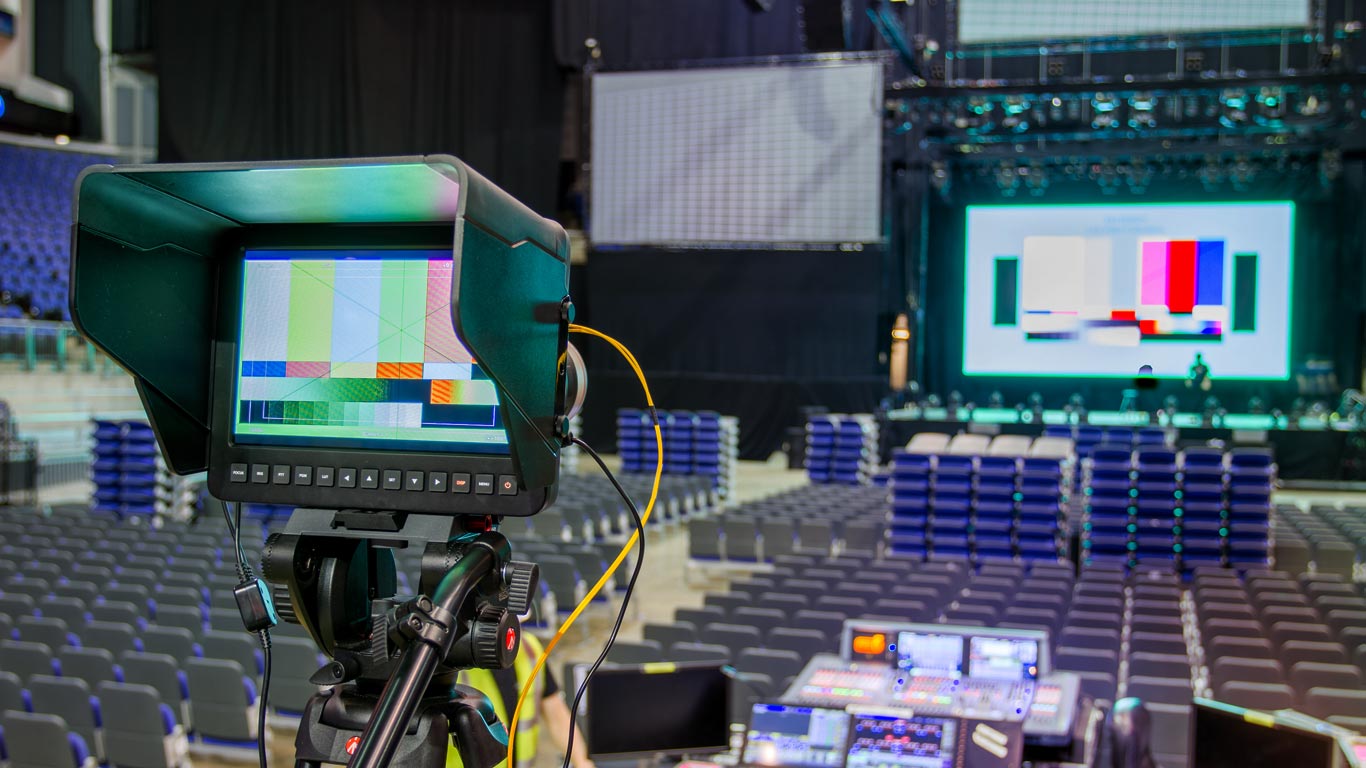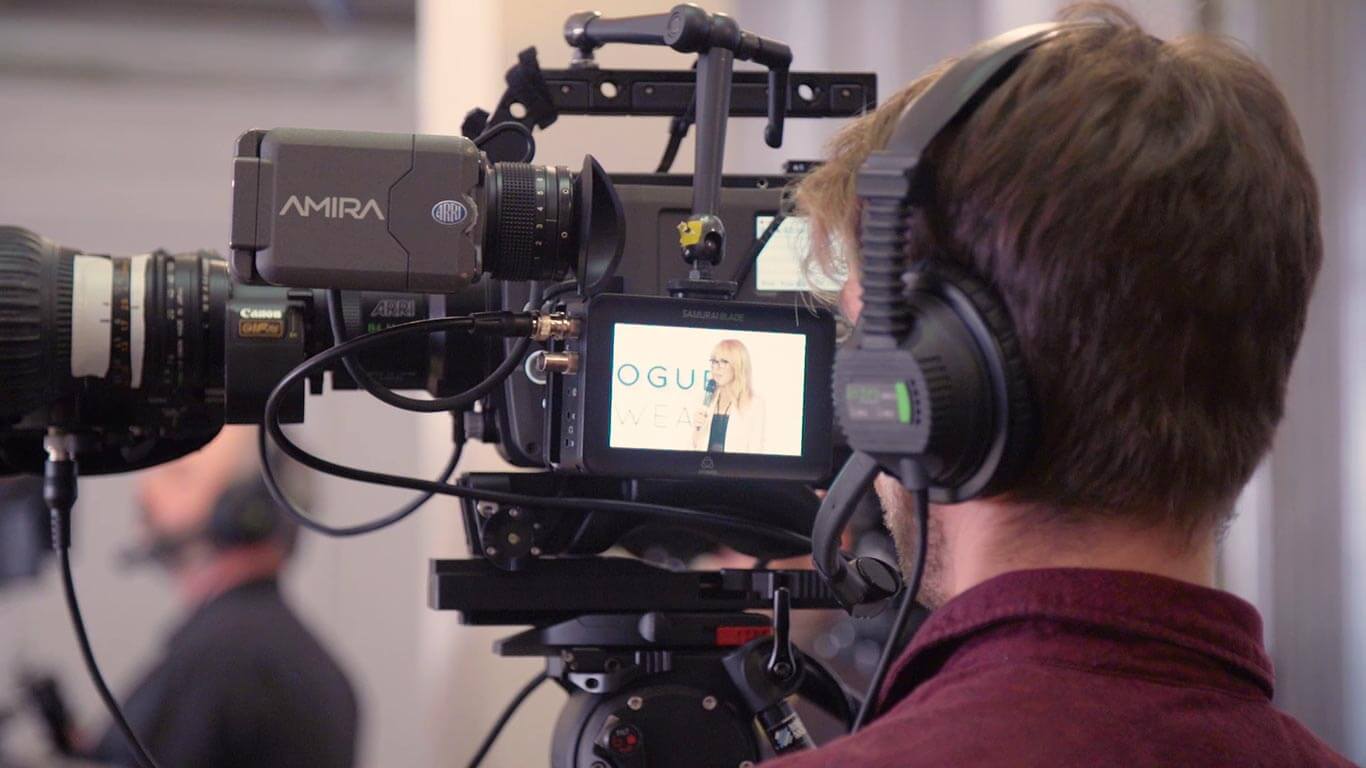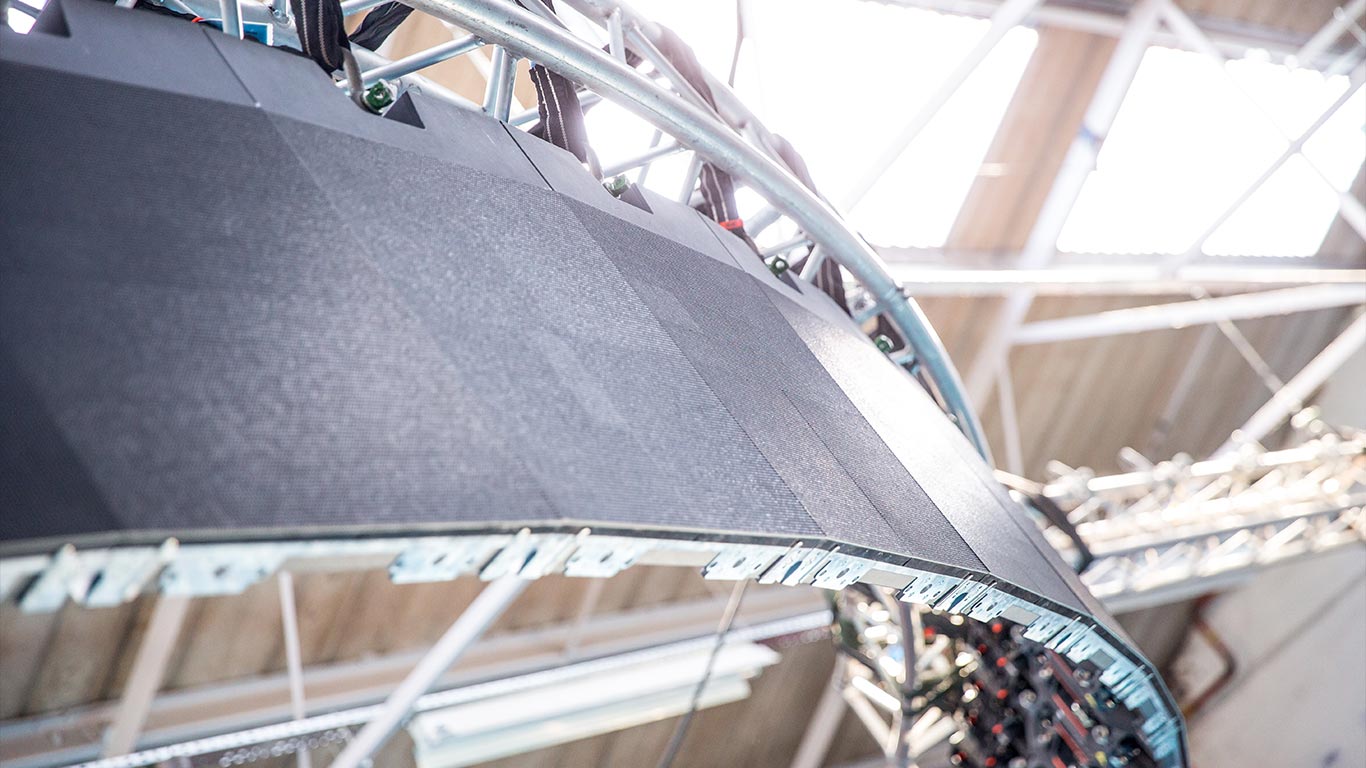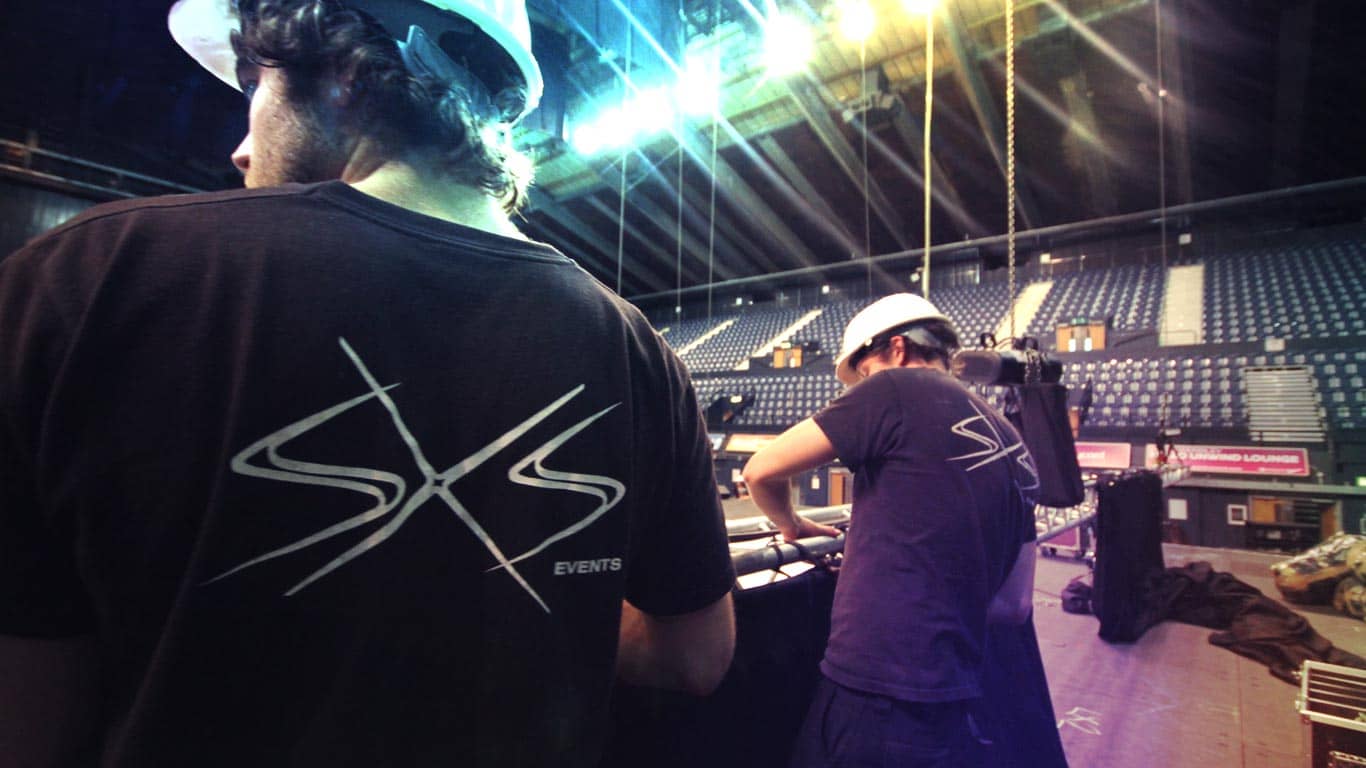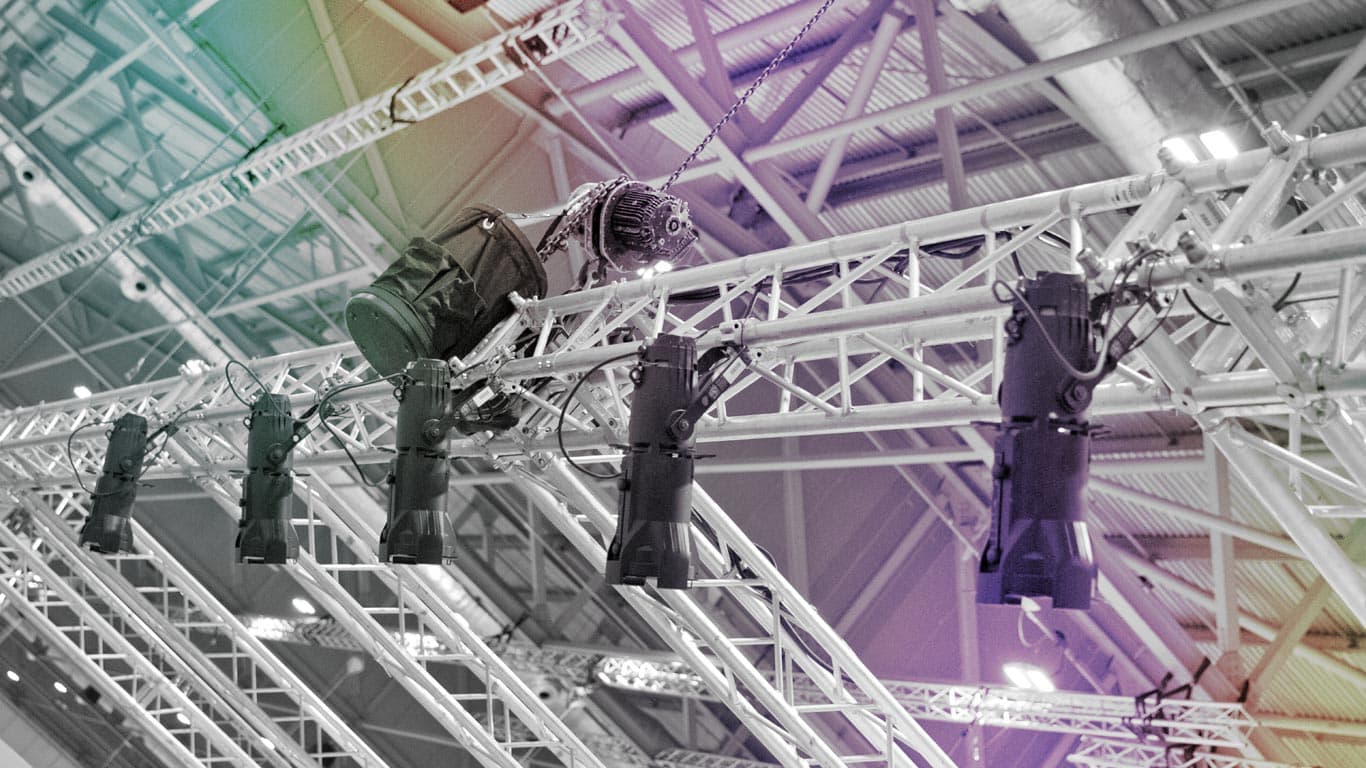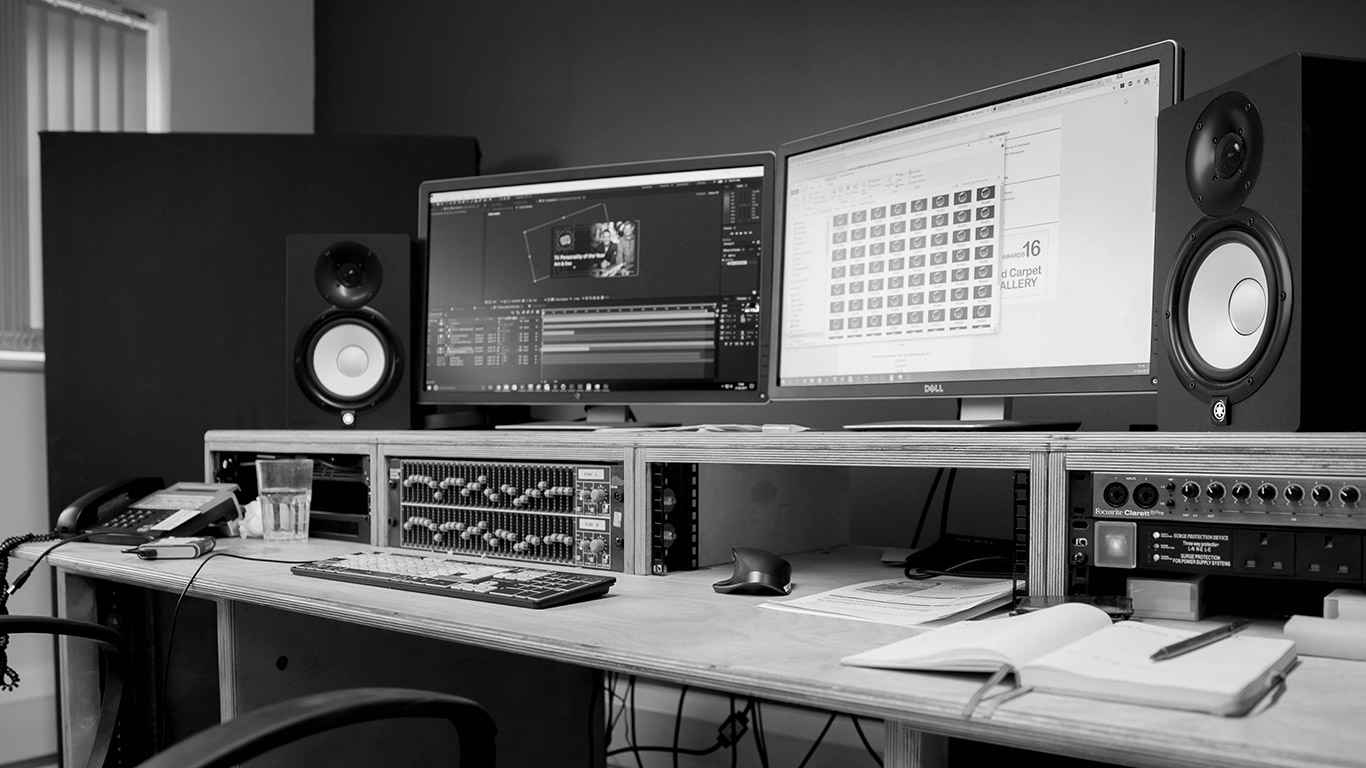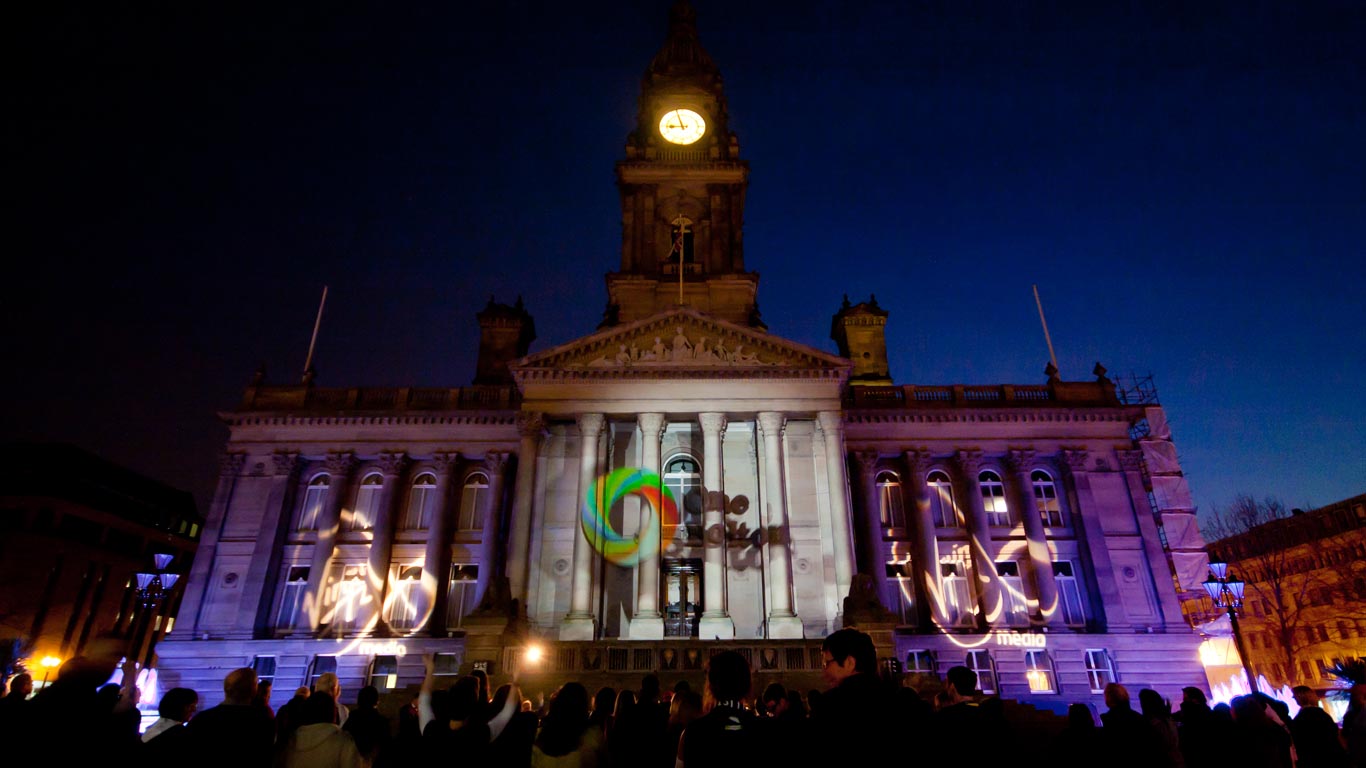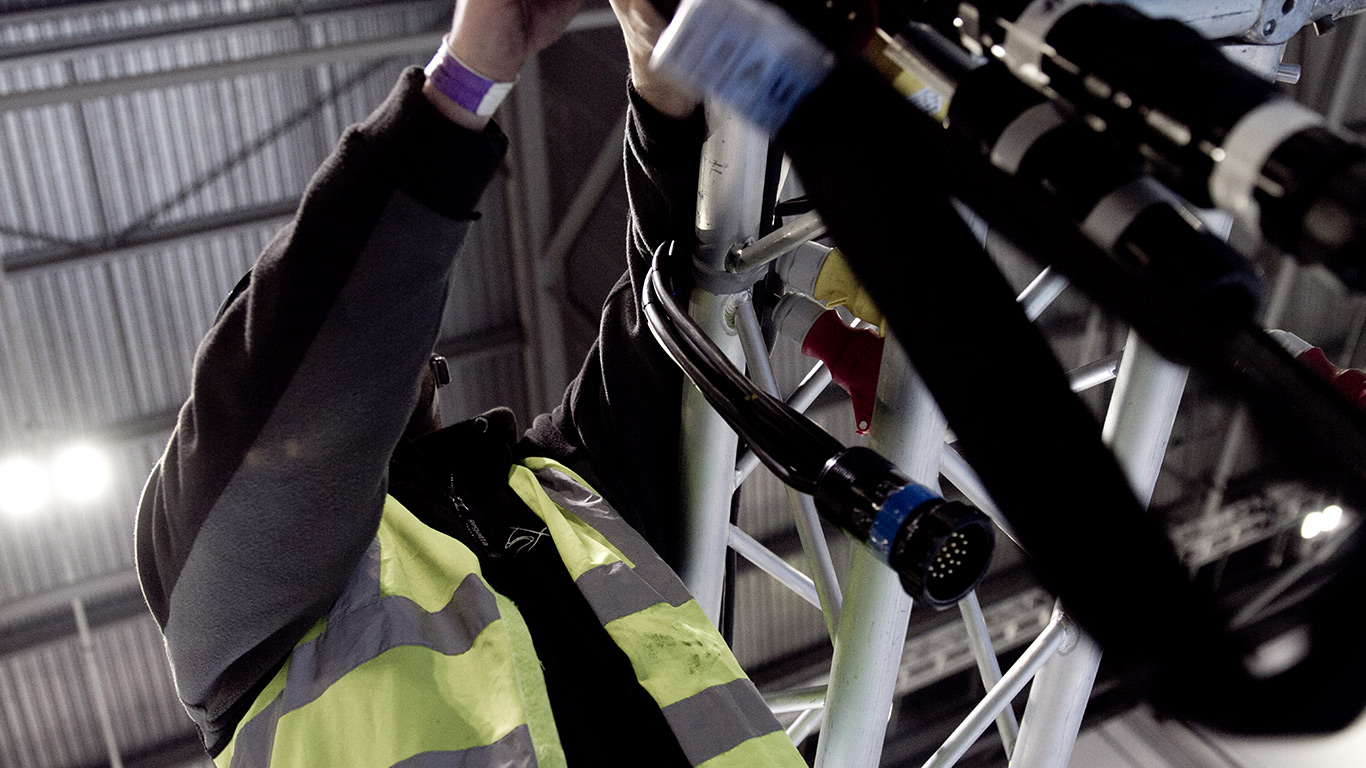How to Write a Creative Brief
This page has been published as part of our series of Explanatory Articles for the benefit of clients, staff and others interested in event production.
What is a brief?
In essence a brief is a way of communicating what you know that you need. Briefs are rarely a definitive list of specifications but written more like a musing or a set of items outlining "what I know" and "what I think", mixed with relevant documents. Briefs are used in law, creative industries, technical fields and construction, although they may not always be called briefs.</>
What is a brief used for?
Briefs are ideally suited to situations when the requirement from a contractor (the person or company hoping to fulfil the brief) is difficult to define or uncertain. Briefs are also suitable when the client (the person purchasing the products or services) knows less about the product than the person or business they are buying it from. For example if a business needs a new website they will outline what they know they need for certain as well as items they believe they need, but are flexible on. This brief will then be given to a design expert who may present new ideas, challenge parts of the brief or come back to the client and help them refine their brief.
In events briefs are particularly useful as often clients know some parts of their needs but others are less clear. Clients will often know what outcomes they want from the project and they may also know what some of the key inputs to this are. However they willoftennot know the specifics of how the work will be done, what they need, how long it will take, the budgets required etc. Clients often do not want to show that they do not understand the technical aspects of projects, which is when an experience project handler needs to gently educate them.
I personally find that clients all too often come to me with a list of specific inputs (the items or work to be done for a project) rather than outlining what they are trying to achieve from their project. In most technical and creative businesses it is important to see past the requests for specific inputs and instead understand the objectives of the project. For example a lot of clients often come to me asking for 4d projection mapping onto a building. Following consultation with them it is often the case that what they really want is a means by which to make a brand message go viral; 4d projection mapping was just one idea they had but they are very open to new ideas. In such a case other projection options, water screens, interactive content and experiential activations are often more appropriate, effective and cost-effective.
A simpler example is when clients approach us with a specific list of technical equipment they wish to use. It is often the case that the list is incorrect, incomplete and based on legacy activity. In such a case it is important to understand the project needs and "rebuild" the specification based on that understanding.
How is a brief different from a specification?
A specification is a specific list of what needs to be done, the parameters by which it should be done and often how it is to be done. These items are sometimes called "input specifications" as they are the building blocks of the project.
A brief is an outline of what outcomes are required from a project. Briefs generally invite dialogue, collaboration and even disruption to establish the right outcomes. In the case of a brief, different providers may approach it differently.
It is often the case that after discussing a project with multiple specialists a brief becomes a specification and vice versa.
Specifications are very useful when quotes are needed from multiple contractors for comparative purposes; known as a "tender". This can be a dangerous approach though as, if the specification is incorrect or inappropriate, later variations may be required which can be costly. Having worked on many public-sector tenders I see this all too often and my approach is to contact the client and help refine the specification. It has been my experience that many public bodies are not open to this dialogue which can result in overpriced and inappropriate solutions that fail to deliver on the key outputs. At SXS we have a commitment to presenting solutions that are going to work and within a clear and transparent pricing structure - as such we frequently step down from doing public sector jobs. We see that winning them can only be done by knowingly quoting for unsuitable solutions to as to fulfil the specification or be "competitive".
The downside of a brief is that different possible contractors are likely to come up with different solutions to fulfilling the brief which can be very hard to assess quality and value on.
Why not just have a chat?
Discussion is good and should always be part of establishing relationships with new contractors or partners. However to give a contractor a brief verbally puts people on the spot a little too much, which can prevent them from having the time to think through the brief. A written brief gives the contractor a chance to speak to colleagues, do background research and think about a project on a wider basis. Often a brief is just used as an efficient way of getting a conversation going.
What does a brief consist of?
The below is a structure that will be a useful starting point. Items marked with an asterisk (*) are considered essential.
- Background* - why the need has come about which will help contractors understand the motivations behind the event
- Parties involved - outlining the who the parties involved in a project are. This could include client, site details, legacy contractors, authorities, beneficiaries and stakeholder groups
- Past projects - it is helpful to understand where a client has come from and what successes and challenges they have faced
- Outputs* - what the client is hoping to achieve from the project
- Thoughts*- what the client believe may be appropriate solutions, but are open to discussion
- What matters*- outline the factors that are most important to the client; speed? Cost? quality? stakeholder management? Innovation? Environmental? Flexibility?
- Creative communication - mood boards, pintrest pages and montages are a great way of communicating ideas to a contractor
Ideas for writing a brief
In my career I have both received and written briefs for everything from making a custom desk, to developing bespoke software, to producing major European public-funded events. Below are some of the things I have seen done which are a really good idea to do, or not to do:
- Casual pre-qualify - phone up contractors you are considering on including and find out if they are interested - this will help to avoid wasting peoples time
- Pre-qualify - a client should understand in their own mind the kind of contractors they are looking for - search for contractors that are within these parameters before sending out your brief. Recommendations and examples of previous work are a good way of doing this
- Avoid wasting people's time - if too many briefs are sent out that do not convert into business contractors will start to lose interest in a client
- Ask contractors what they would like to see on the brief - this will help a client produce a brief that inspires and excites possible contractors
- Do not use smug or arrogant language - I recently had a local authority phone me to ask why they did not have a single response for a tender/brief they sent out to us and many of our competitors. The reason I explained was because the language and tone of the tender demonstrated a dis-interest in collaboration and an attitude that suggested that they already had someone in place
- Create a mood-board - include images, swatches or samples to communicate what is in your mind
More Articles
- This is part of our series of explanatory articles, many more are available here: Explanatory Articles Pages >>
- Most of these articles are also available on Google+ via Johnny Palmer's Google + Profile






